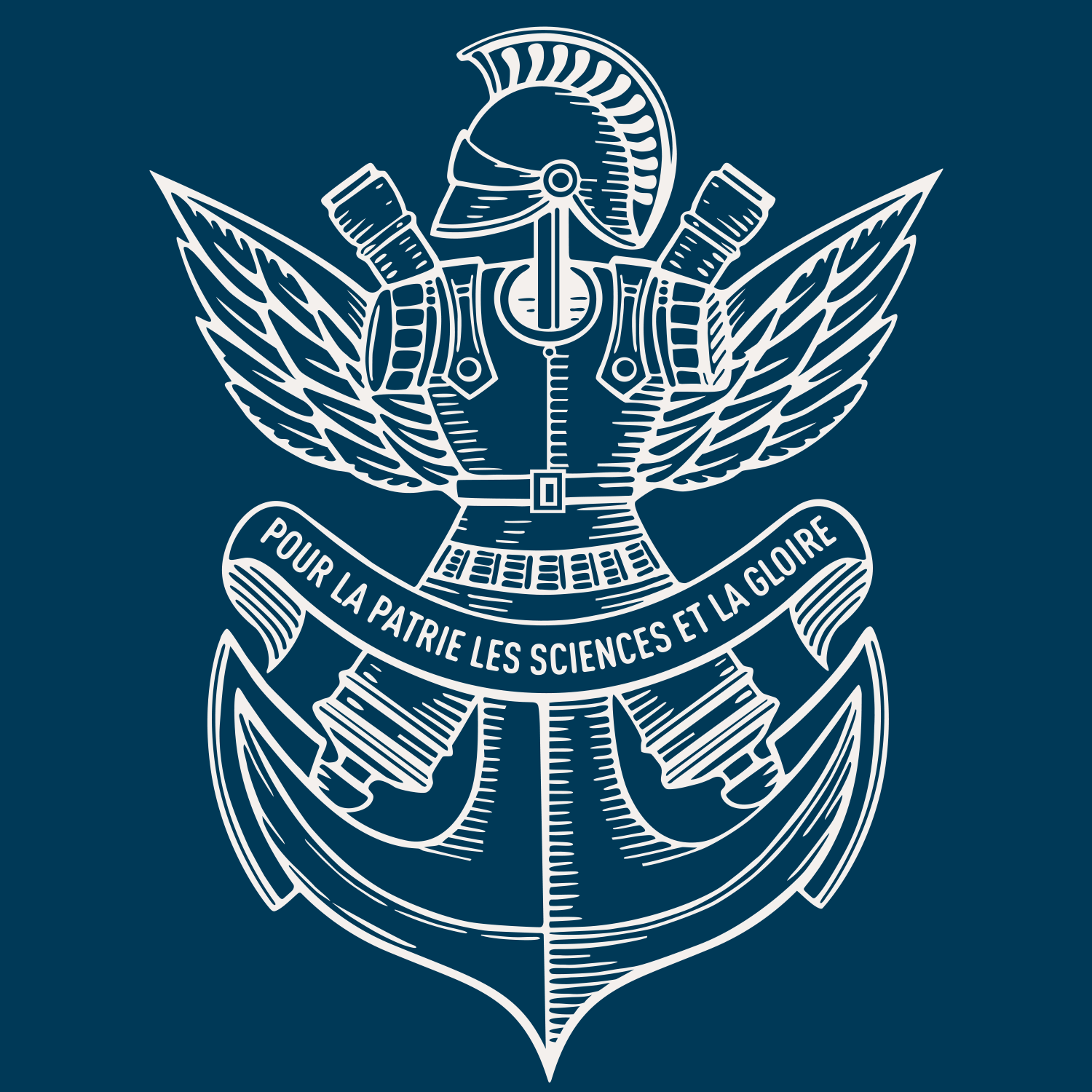A comprehensive approach for modeling fatigue and fracture of rails
Résumé
A comprehensive approach is developed for studying the fatigue phenomena (crack initiation and propagation) induced by repeated rolling or rolling–sliding contacts between wheel and rail. Cracks initiate and propagate in the rail head in a complex varying multiaxial stress regime due to Hertzian or non-Hertzian contacts generating 3D residual stress pattern. This paper presents the main steps of such an approach devoted to the modeling of defects induced in the rails by the traffic. Special attention is paid to some of the principal difficulties met as well as to the proposed solutions. Examples of applications for the prediction of initiation as well as propagation of some defects are presented. It is shown that numerical simulations predict very well the locus of crack initiation as well as its propagation in the rail. Our approach presents at least three main originalities: first, it is a global approach starting from the evaluation of the initial state of the rail to the simulation of the crack propagation under complex loading including multiaxial residual stresses. Second, special and original numerical methods for the evaluation of the initial states, the overloads and the elastoplastic state under service loading have been developed. Third, a new concept based on a “structural Paris law” has been developed and used in the crack propagation simulations.

